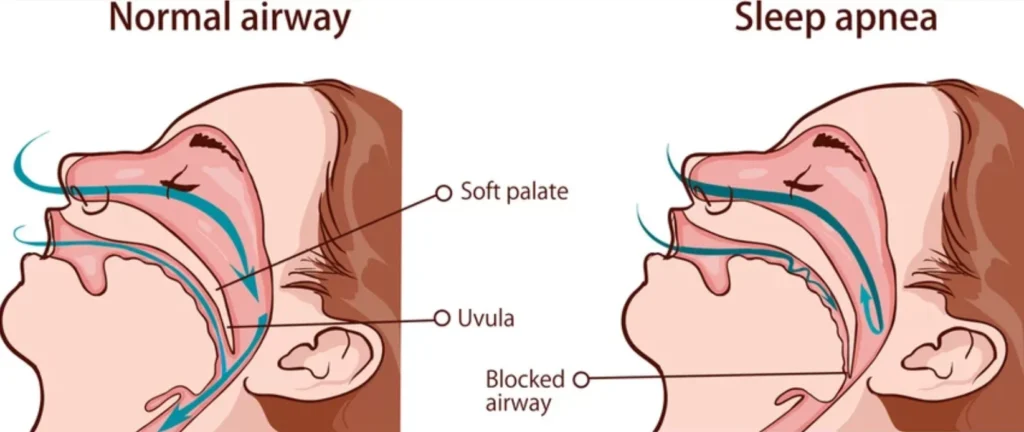Summary:
Snoring can be a major issue for both the snorer and their partner, causing disruptions in sleep and potential health problems. While there are many products and remedies on the market, anti-snoring mouth guards have gained popularity in recent years. These dental devices are designed to help alleviate snoring by keeping the airway open and preventing the soft tissues in the mouth from vibrating. In this blog post, we will discuss the effectiveness of anti-snoring mouth guards, their types, and how they work.
Firstly, let’s understand why we snore. Snoring occurs when the airway is partially blocked, causing the soft tissues in the mouth and throat to vibrate, resulting in the loud and annoying sound. This can be caused by various factors such as obesity, age, alcohol consumption, and sleeping position. While occasional snoring may not be a cause for concern, chronic snoring can disrupt sleep patterns and lead to serious health issues such as sleep apnea and heart problems.
Anti-snoring mouth guards, also known as oral appliances, work by keeping the airway open and preventing the soft tissues from collapsing and causing vibrations. These devices are custom-made by dentists or can be purchased over-the-counter. They are typically made of plastic and are designed to be worn while sleeping. There are three main types of anti-snoring mouth guards: mandibular advancement devices (MADs), tongue retaining devices (TRDs), and tongue stabilizing devices (TSDs).
MADs are the most common type of anti-snoring mouth guards and are designed to shift the lower jaw forward, thereby keeping the airway open. TRDs work by holding the tongue in place with a suction cup, preventing it from falling back and blocking the airway. TSDs, on the other hand, hold the tongue in a forward position using a suction bulb, similar to TRDs but with a different design. Each type of mouth guard has its own advantages and may be more suitable for different individuals based on their snoring causes and preferences.

Solve Your Snoring Woes: The Effectiveness of Anti-Snoring Mouth Guards
So, do these mouth guards actually work? The answer is yes, but their effectiveness may vary from person to person. Studies have shown that MADs have a success rate of up to 90% in reducing snoring and improving sleep quality. TRDs and TSDs have also been found to be effective in reducing snoring, with success rates ranging from 60 to 80%.
Aside from reducing snoring, anti-snoring mouth guards also have other benefits. They can help alleviate symptoms of sleep apnea, a potentially serious sleep disorder where breathing repeatedly stops and starts during sleep. They can also improve sleep quality for both the snorer and their partner, leading to better overall health and well-being.
However, it is important to note that anti-snoring mouth guards may not be suitable for everyone. Those with certain dental or jaw issues may not be able to use them, and they may cause discomfort or soreness in some individuals. It is always best to consult with a dentist before using an anti-snoring mouth guard, especially if you have any existing dental or jaw conditions.
In addition, proper care and maintenance of the mouth guard are crucial for its effectiveness. It is important to clean the device regularly and replace it as recommended by the manufacturer. Failure to do so may result in a build-up of bacteria and decrease its effectiveness.
In conclusion, anti-snoring mouth guards can be an effective solution for those struggling with snoring and seeking a non-invasive remedy. They work by keeping the airway open and preventing the soft tissues from vibrating, thus reducing snoring and improving sleep quality. However, it is important to consult with a dentist and properly maintain the device for optimal results. With the right type of mouth guard and proper care, you can finally say goodbye to snoring and enjoy a peaceful night’s sleep.
